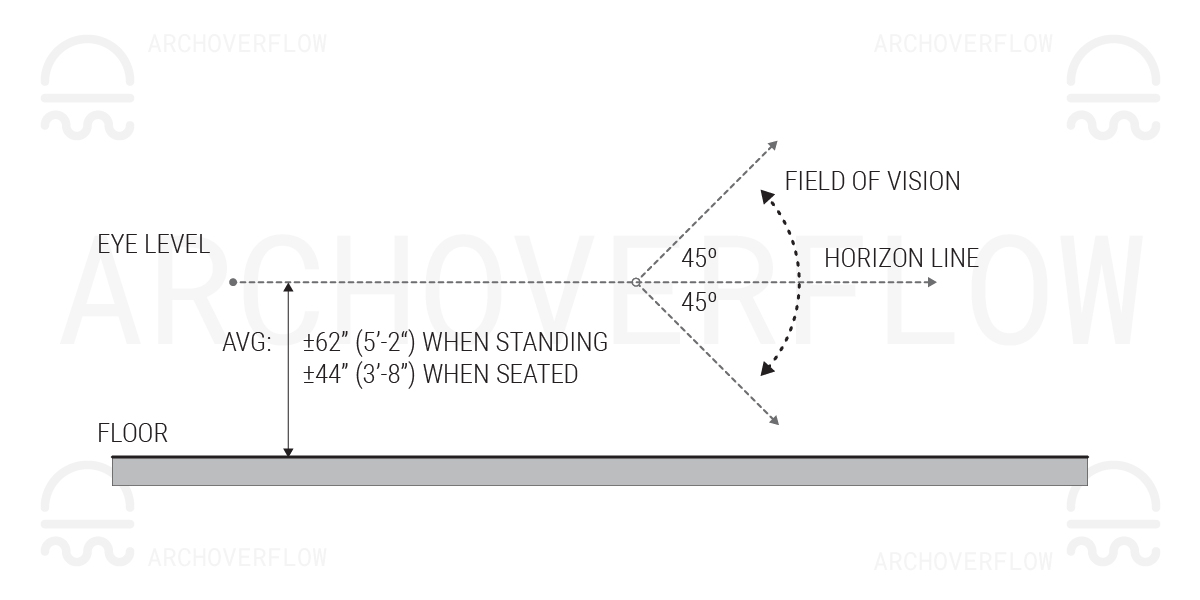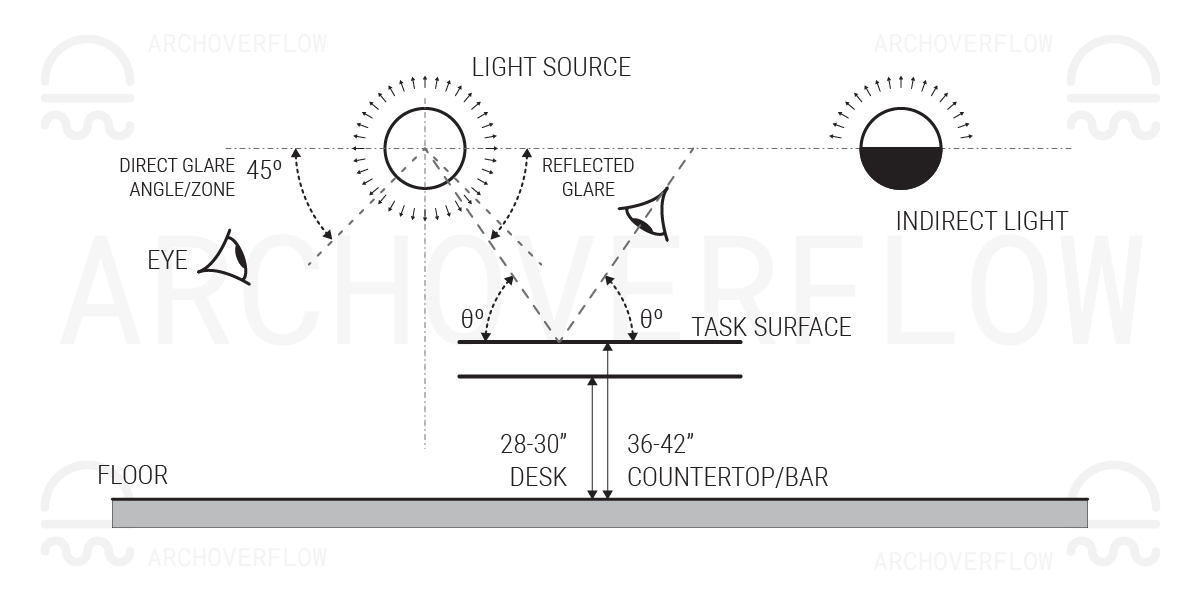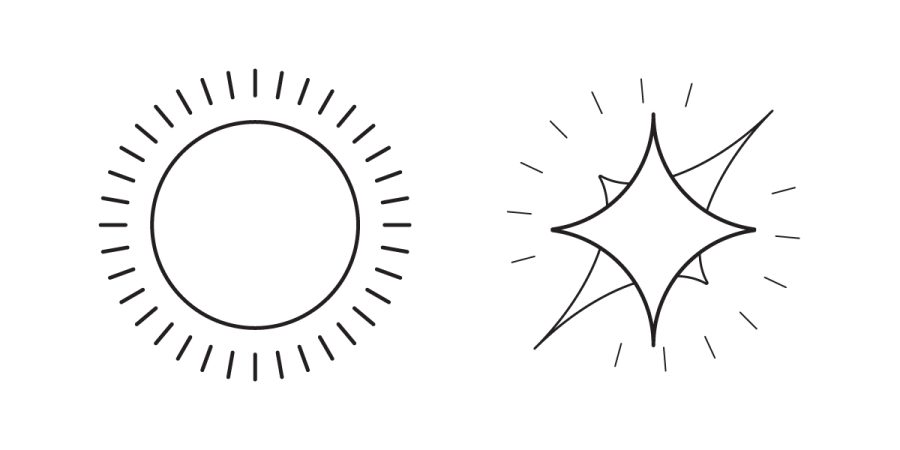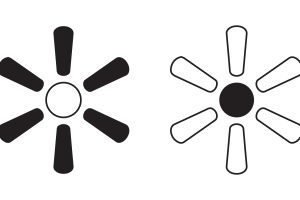Introduction
Sunlight is one of the most sought after components in a space, and codes are written to require access is provided to the resource. However, sometimes there is too much of a good thing. Too much sunlight in certain conditions can cause glare and contrast issues. Understanding the general circumstances that create these problems is imperative to try and prevent them.

While sunlight is the way we introduce this concept, this is also a major concern with interior spaces and artificial lighting. Most important is to understand the activities taking place in your space, as well as the factors that might affect it. While the principles are the same… glare from the sun in a baseball stadium is a different issue to solve than glare in an office building from overhead light.

There Are Two Types of Glare
Direct Glare
Direct glare occurs when a light source in the field of vision causes any amount of discomfort and interferes with the task at hand. Not all sources of light will cause discomfort; there are many factors to the discomfort such as brightness, position, background illumination, etc.
- Visual Comfort Probability (VCP): Is a metric used in evaluating the problem of direct glare. VCP is the percentage of normal observers who may be expected to experience visual comfort in a particular environment with a particular lighting situation.
- Many manufacturers include VCP information in their specifications, published under certain condition criteria.
- For most situations, the critical zone for direct glare is in the area above a 45 degree angle from the light source. This can be avoided or eliminated by using luminaires that have a shroud and cutoff angle for the light of 45 degrees or more.
Reflected (Indirect) Glare
Occurs when a light source is reflected from a viewed surface into the eye.
Veiling Reflection: If it interferes with the task, it is called a veiling reflection. This happens when a light source reflects off a viewing source and into the eye.
- The goal is to decrease the contract between the task and its background.
- The simplest way to fix the veiling reflection is to adjust the position of the task or the light (if possible).
- Another solution is to control the general background illuminance and specific task lighting.
- Replace all direct lighting with indirect lighting. Indirect lighting only becomes an issue if the surfaces the light bounces off are extremely reflective, and even then is minimized.
To minimize glare, a brightness ratio of a task to its surroundings should be limited to 1: 1/10
- Max Ideal brightness ratio is 1: ⅓
The angle of reflected glare is dependent on the angle of the viewer. Generally, reflected glare is less of a concern past 45 degrees to the light source, as this means the light is now further away from the task horizontally than vertically.
Contrast
Contrast: Is the difference in illuminance level between a given point and nearby points. Because contrast is the means by which people see, it is vital to the quality of an environment.
- Words on a paper are only visible because of the contrast between the printed words and the paper.
- Too much contrast can cause the iris of the eye to open and close too much which could cause strain and fatigue. This happens sometimes in high contrast settings for computers.
- In most situations the brightness should be limited to 3:1 between the task and adjacent surroundings. 5:1 between the task and more remote darker surfaces. And 10:1 between the task and remote lighter surfaces.
- Example: A small dark black object against a very bright background will be very difficult to see or make out any detail. The eye is going to adjust to the brighter background and let in less light, making the darker object extremely hard to distinguish.
Uniformity
Uniformity Of Lighting: Affects a person’s perception of space as being comfortable and pleasant. Uniformity is as it sounds, a complete and equal lighting condition across a space. Complete uniformity is generally not wanted. This is only desirable for certain tasks like drafting and precision work.
- Shadow adds a level of depth to the space, and adds in contrast which helps people distinguish pieces.
Light Pollution – Control Site Lighting
One of the big effects of outdoor lighting is light pollution. This is visible as some cities can be distinguished through a glowing haze across water, or by the lack of stars in certain urban environments. It’s important to understand the light’s effect on the environment.
- To help control light pollution, you can use lighting that sheds light more directly to where it is needed. For example, light bollards that direct light down onto the pathway, instead of general area lighting.
- See more about light pollution and the energy and financial cost in our Walmart Case Study






Leave a Reply
You must be logged in to post a comment.